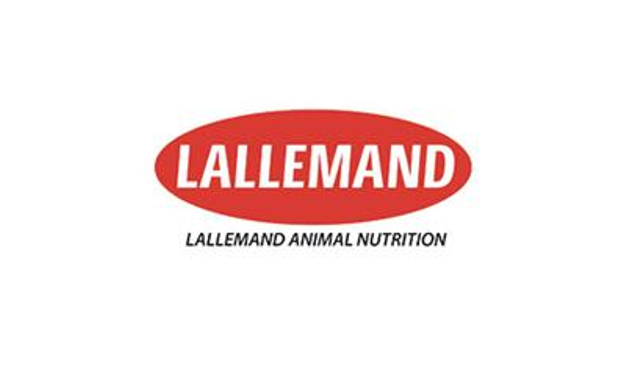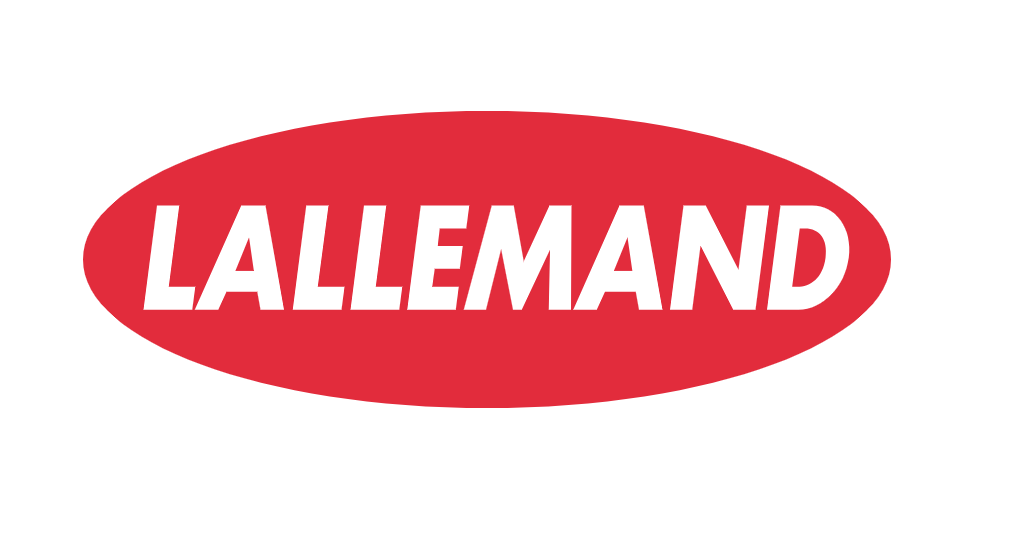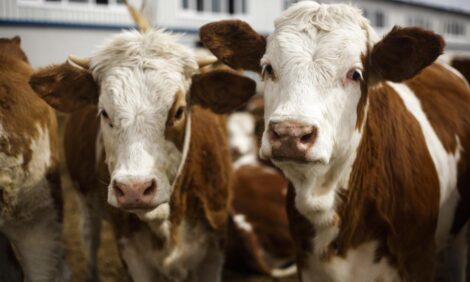



Don’t let wet conditions take control of silage quality
Wet conditions may result in lower quality silage that cows won't eatFarmers are being urged to take steps to reduce soil contamination in this year’s silage to prevent negative impacts on feed quality, animal health and performance.
Unusually wet conditions in many Northern European countries throughout March and April meant some fields were sodden at first cut. Similar conditions have also been seen globally, particularly in Brazil where they have been impacted by flooding. Heavy machinery at harvesting resulted in soil rising up into the grass as it was chopped or baled, increasing the risk of bacteria, such as clostridia, entering clamps and bales.
David Teran, Technical Sales Manager at Lallemand Animal Nutrition, says as clostridia is an anaerobic bacteria it doesn’t need oxygen to grow, therefore can easily proliferate inside a sealed environment. When this happens the protein in forages breaks down resulting in the formation of biogenic amines.
“This process results in silage that smells and looks bad and cows won’t eat it so their dry matter intakes decrease and performance goes down,’’ he explains.
Mr Teran, who is based in northern Spain, says these issues are being widely reported in Spain where many farms take their first and only cut in March before planting cereals.
“We had a lot of rain in March and April so the fields were very wet,’’ he says. “It meant that farmers were unable to get into the fields in mid-March, delaying cutting until the second week in April, but even then there was a lot of soil contamination.’’ This has had a knock-on impact on the cereal crop, with late establishment, as well as quality issues in the grass silage.
However, farms that have overcome this issue have used an inoculant to minimise spoilage caused by contamination in rain-affected crops. “Inoculants like MAGNIVA take control of fermentation, making the conditions in the clamp or bale more difficult for the bacteria to grow and to produce the damaging components,’’ he says.
MAGNIVA plays a pivotal role in ensuring the dominance of lactic acid bacteria (LAB) growth during fermentation, quickly lowering pH levels to inhibit bad bacteria and preventing clostridia from growing.
“While farmers might not be able to control the weather, they can control the fermentation process,’’ Mr Teran points out.
He advised farmers now considering their second and subsequent cuts to use an additive to protect silage quality and animal health and performance; “Farm forages are a treasure and everything must be done to take control to prevent losses in those.’’
Although an additive adds extra cost to the silage making process, it is often cheaper to use one than not, Mr Teran suggests. This is because of the losses associated with spoilage and the detrimental impact of contamination on fibre and protein content. Spoiled forage will need to be replaced, increasing feed cost per cow.
In addition to using inoculant, there are cutting and management techniques farmers can also use to minimise soil contamination. Risk reduction should start in the field during harvest by altering the cutting head according to ground conditions, setting it higher when the ground is soft. Wilting times can be adjusted too, as a longer wilting period will mean drier silage and less of an opportunity for clostridia to flourish. Finally, the clamp should be clean before fresh silage is stored in it.




